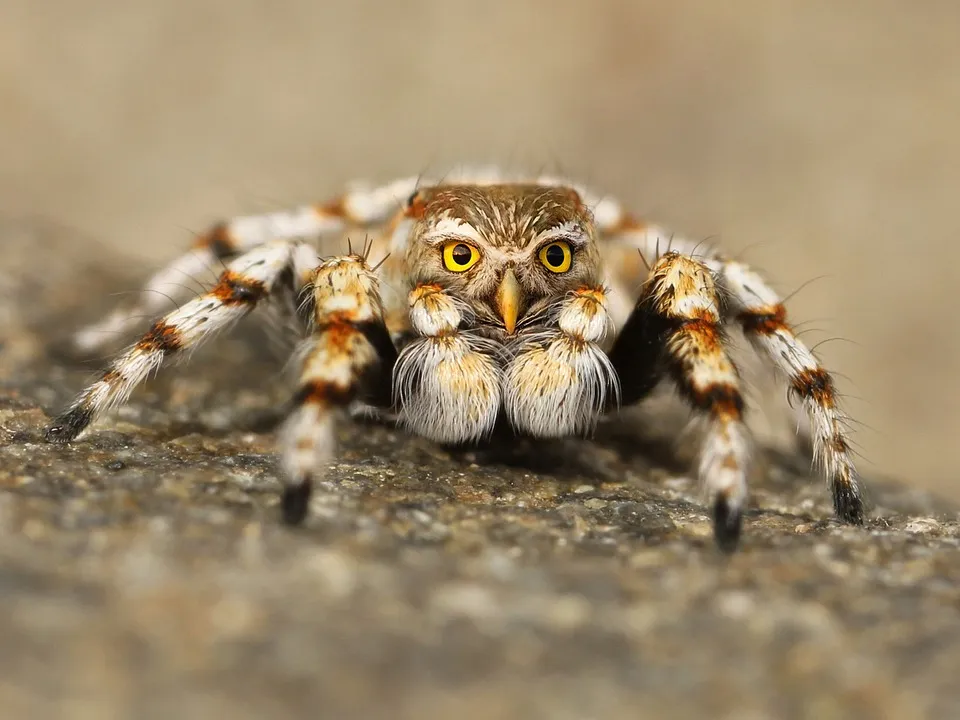
”So, will you splice them together?”
I don’t know why, I don’t know how, but for some reason, people associate the word “splicing” with “combining two species” or “editing a genome”. And while yes, splicing has something to do with genetics, it’s not what everyone seems to think.
mRNA, Introns and Exons
Did you know a potato has more genes than we do? That a flatworm has more genes than a fruit fly? How does that make sense? Shouldn’t a more evolved organism have more genes?
Technically, you’d be correct - if one gene would only code for one protein. But in eukaryotes (cells with a nucleus), they don’t (they do in bacteria!).
How?
For that, I need to give you a short lesson in genetics (if you know how gene expression works, you can obviously skip this part, especially because I’ll keep it very basic).
Generally, you have the DNA, which is the template for the production of proteins. But DNA is large and can’t be easily “read”, so certain enzymes are responsible for transcribing (copying) the bit that’s actually needed - which is the mRNA (messenger RNA, RNA is similar to DNA just with a slightly different structure). This mRNA is then translated into proteins. @suesa
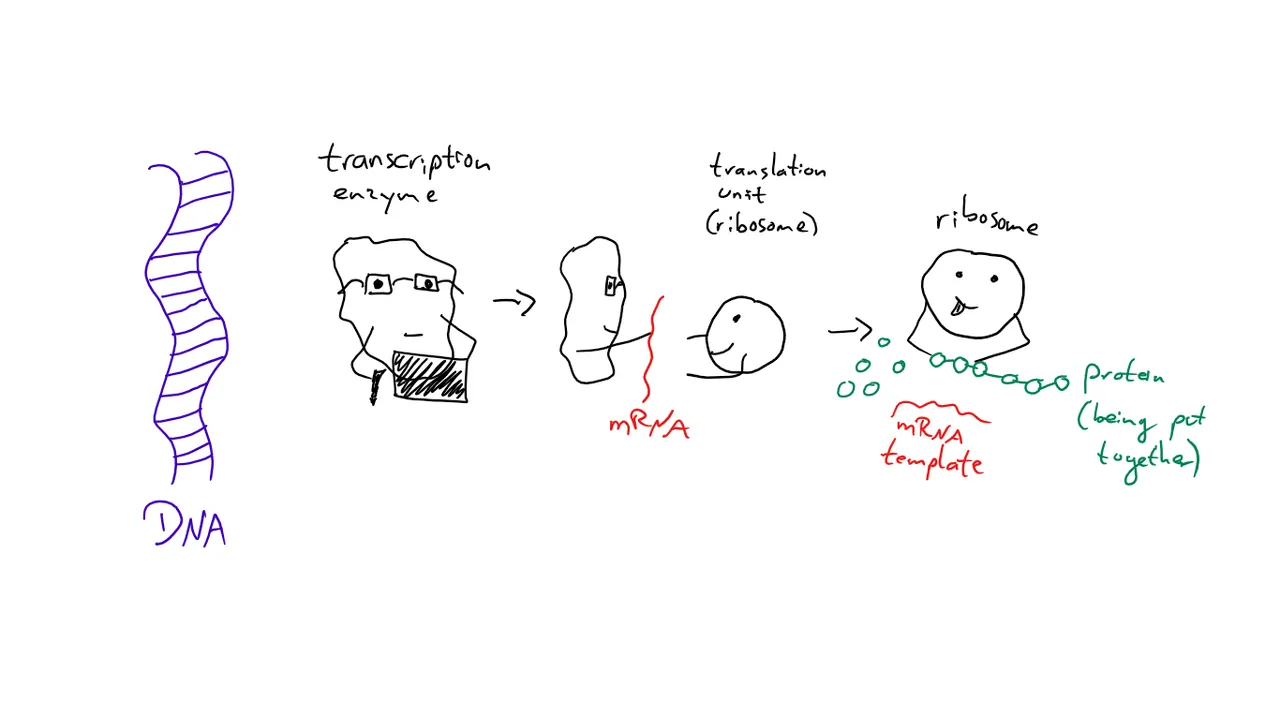
The mRNA is the part where it gets interesting, as it can be modified before it leaves the nucleus (note: for that you need a cell with a nucleus. The things I explain after this all refer to cells with a nucleus).
You see, the genetic information isn’t just a long string, it’s divided into “exons” and “introns”. Exons are the parts you actually need, introns the ones that are cut out of the mRNA after the transcription (which is the splicing process!). But not every exon is always an exon and not every intron is always an intron!
Alternative Splicing
Depending on which parts of the gene are deemed exons, you can get a totally different protein out of the whole process. That’s why “more evolved” (technically, there is no such thing as “more evolved” but I have no better expression for this) doesn’t necessarily mean “has more genes” - there can just be more splice variants, which results in a greater amount of available proteins, which in turn creates a more complicated organism.
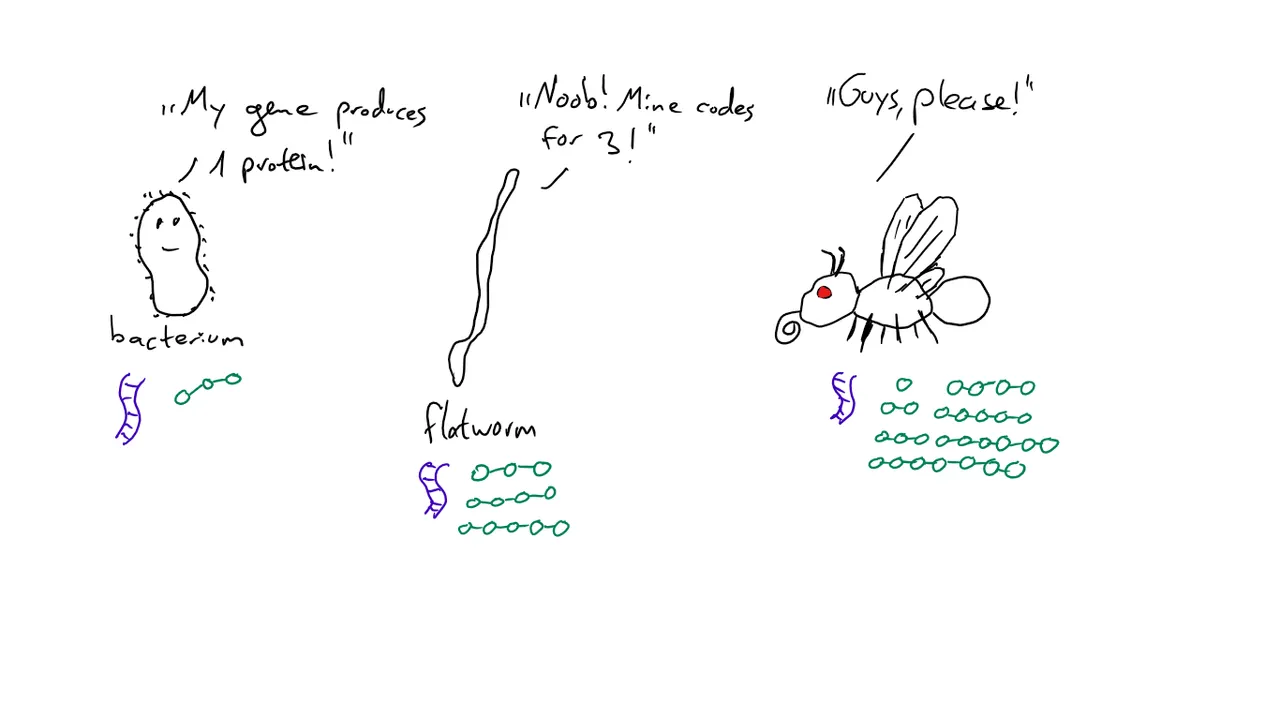
That’s one of the things I’m using for my bachelor thesis research. We’re looking at a gene that’s transcribed in the oocyte (egg cell) and during brain development - but different exons are used each time. If we want to stop the production of one protein but not the other, we need to “destroy” the exact exon that’s only needed in that specific version - but not in the other.
Sounds easy (or not, it’s hard to evaluate how complicated something is if you’ve studied it, so please ask for clarification if you struggle with something specific) but it isn’t, as the exon-usage is basically this:
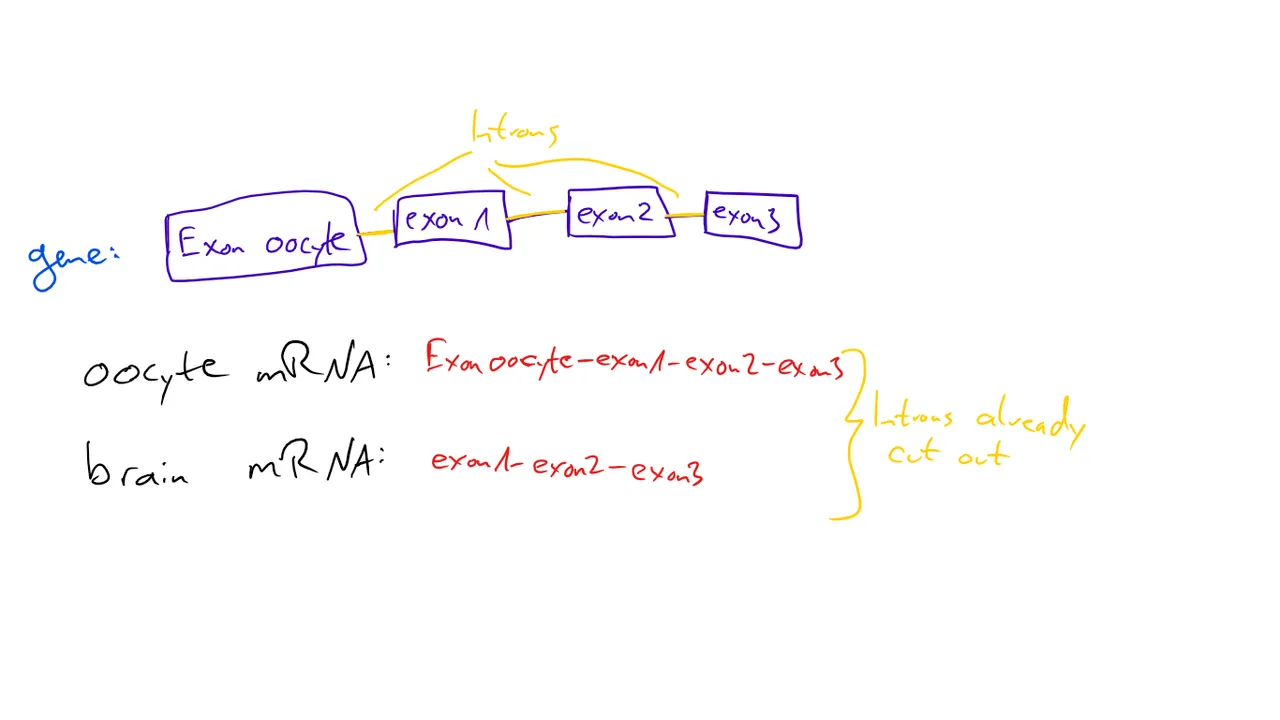
So we can “turn off” one of these proteins, but not the other! If we try to disrupt the brain-specific protein, we will automatically destroy the oocyte-specific one too, because they share exon 1, 2 and 3 - the brain specific version doesn't have an exon the oocyte-specific version doesn't have too. We do have a strategy to circumvent that, it’s exactly what my thesis will be about and I’ll let you know if I succeed.
The problem with alternative splicing is, that it’s not necessarily something good. There can be diseases because of it when a splicing variant creates a defective gene. Splicing isn’t a perfect process, things can go wrong and cause a mutation in the protein, even if there’s no mutation in the DNA itself.
Of course, there are enzymes that repair this. There are enzymes to repair basically any damages or mistakes that happen in our cells. But it’s a biological system, most things are based on probability. How probable is it that the enzyme finds the damage? Very likely, but sometimes it goes wrong and then you’re sick.
Why on earth am I telling you this?
I might be a bit frustrated by the frequency with which people get “splicing” wrong, might be comparable to a programmer who’s asked to repair a printer … or a microwave, because he’s “good with technology and can do that coding stuff”.
Splicing allows you to get different info from the same genetic sequence and possibly new proteins, but you can’t really “splice together” a fly and an elephant and expect a result.
You can, however, take a gene from a jellyfish and make said fly exhibit a green fluorescence. For that, the mRNA transcribed from the gene has to be spliced correctly - but that’d be the case in the jellyfish too. The process with which the gene is introduced into the fly is generally something else.
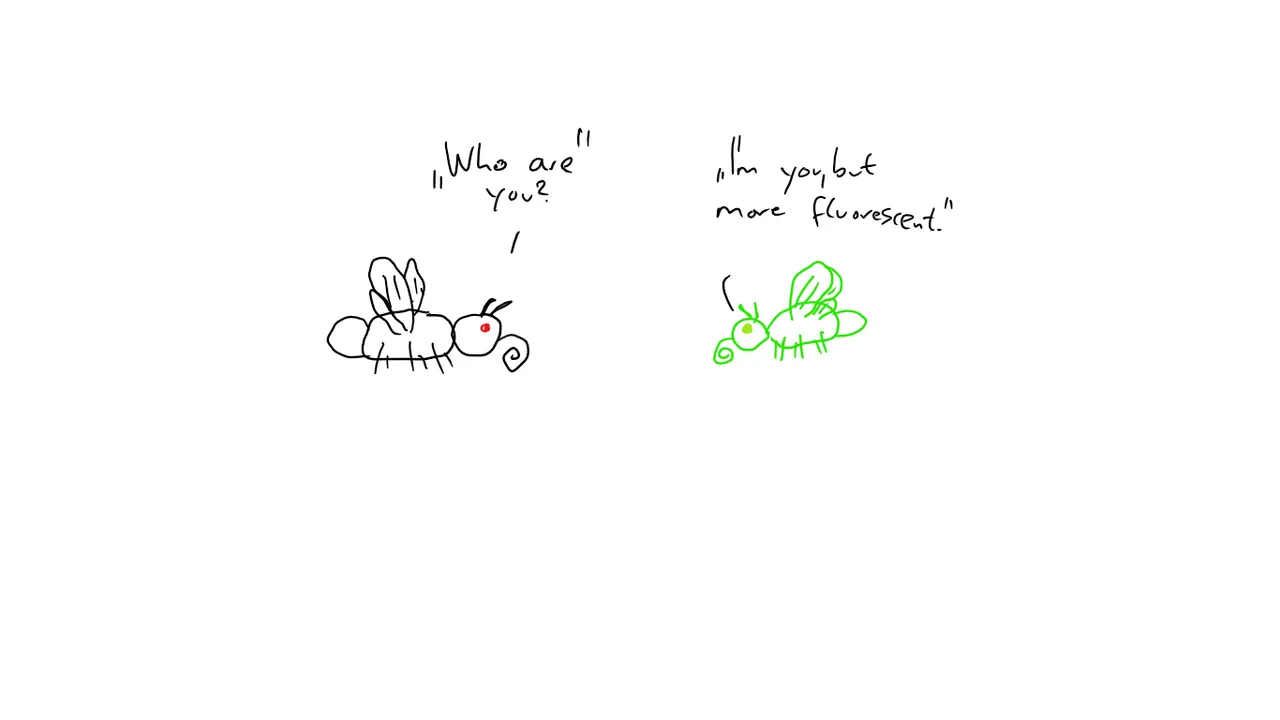
References:
A genomic view of alternative splicing
Alternative splicing: increasing diversity in the proteomic world
Mechanisms of Alternative Pre-Messenger RNA Splicing
Previously:
All about the Sperm-DNA - Vol. 1
Gene Editing - Cre/loxp - Vol. 2
